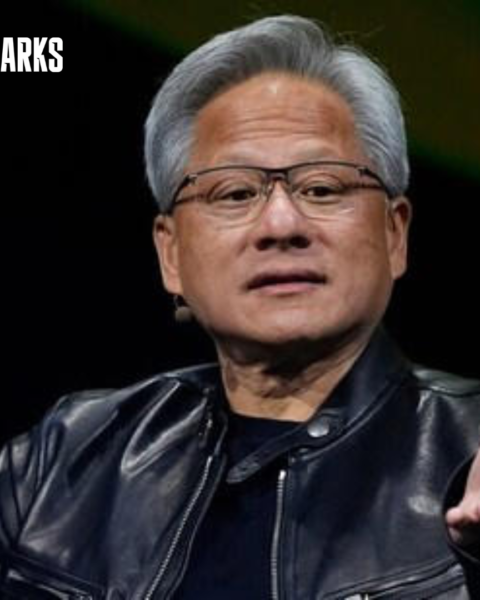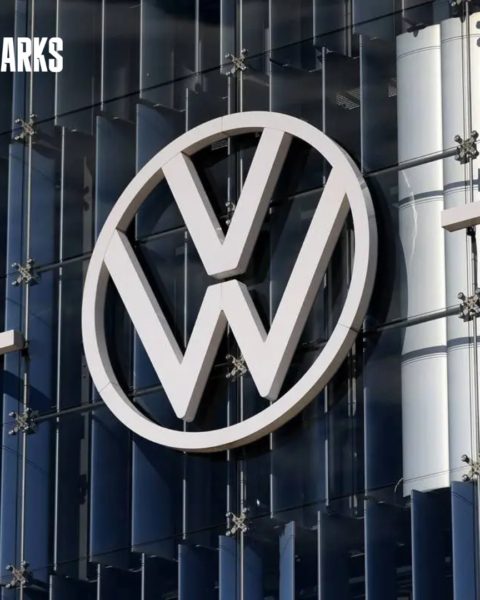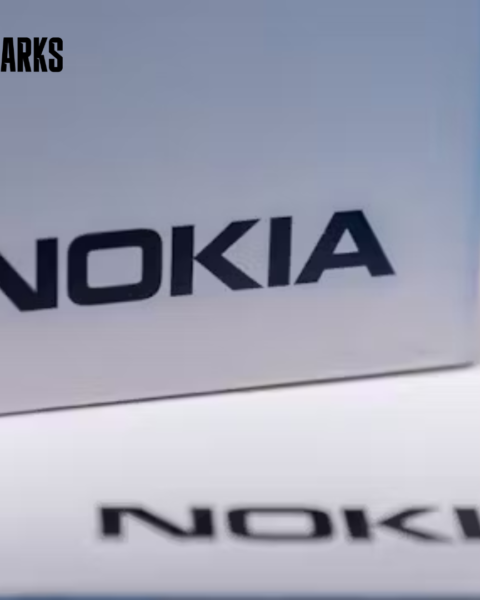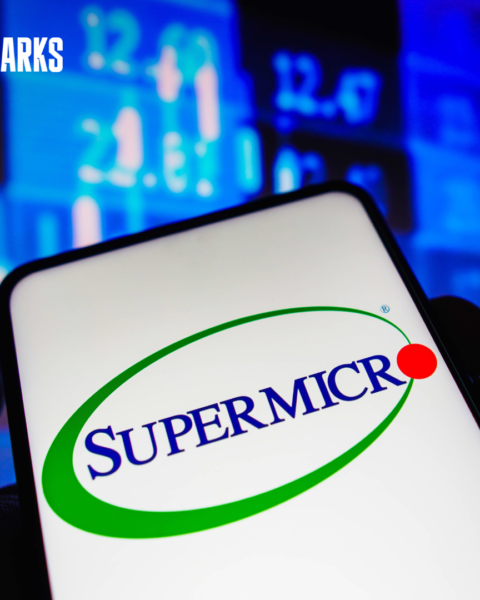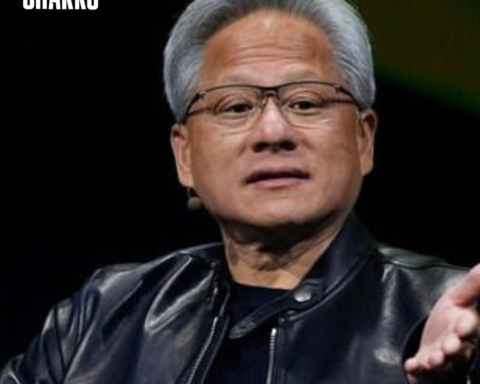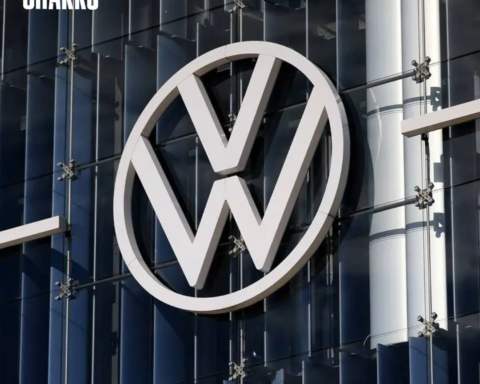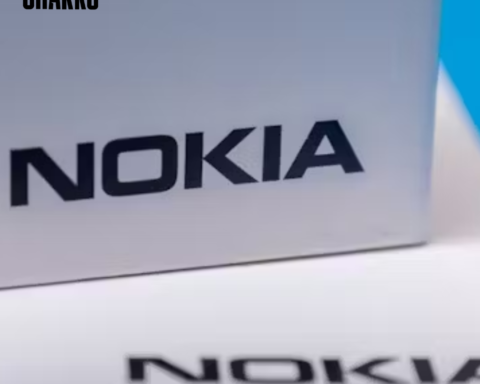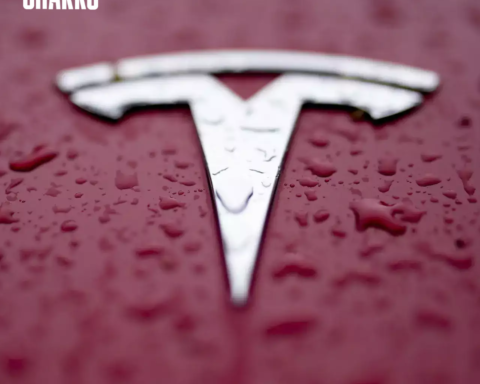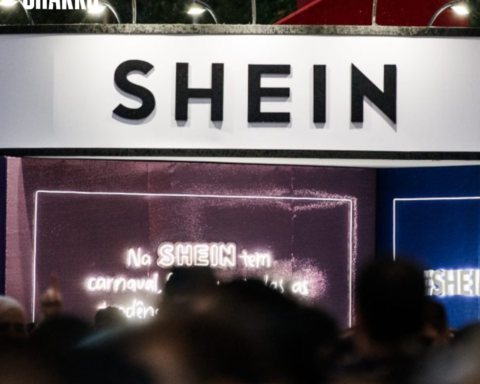Huawei Revamps Retail Strategy to Challenge Apple
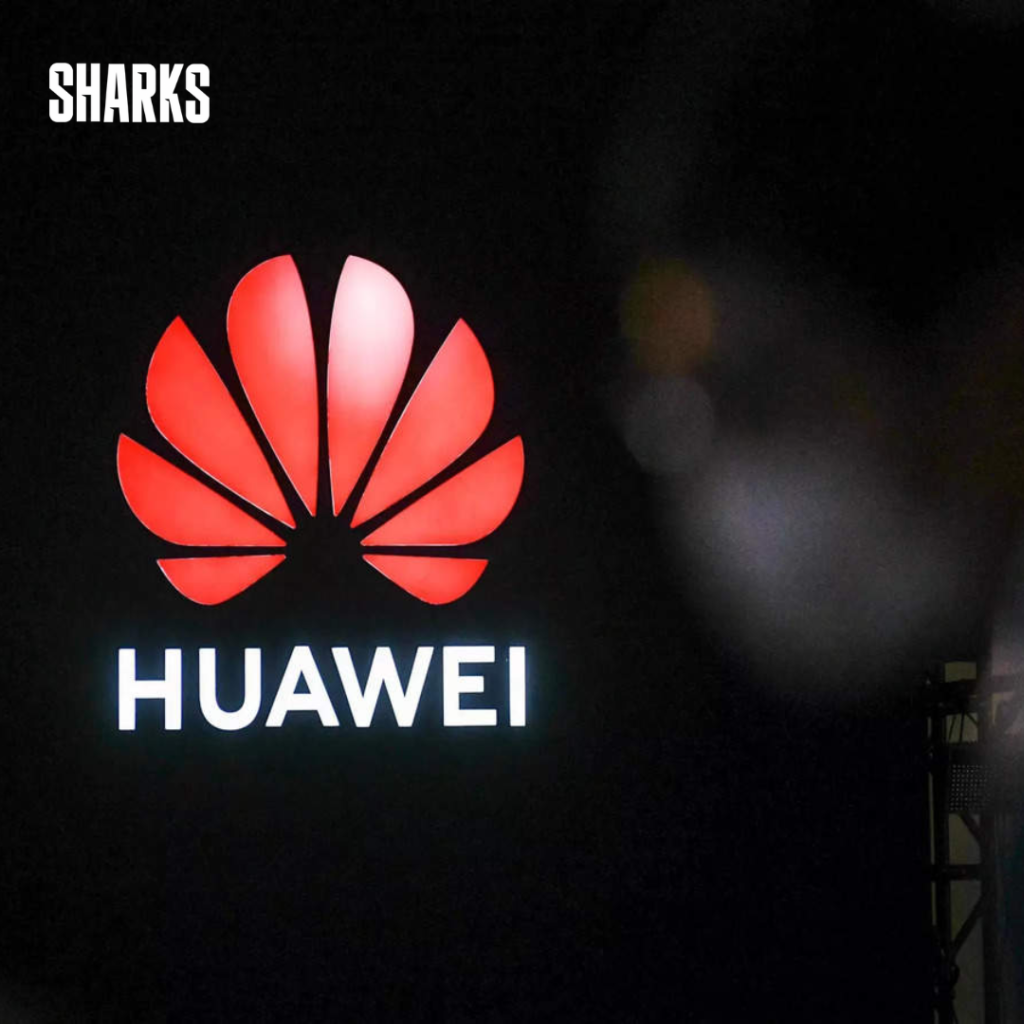
Huawei is aggressively revamping its retail strategy by opening flagship stores across China, positioning itself directly against Apple in the world’s largest smartphone market.
These new flagship stores, some situated just steps away from Apple shops, symbolize Huawei’s ambition to reclaim its position in the premium electronics segment.
Prominent Store Locations and Features:
One of Huawei’s recently renovated stores is directly across from Apple’s flagship store in Shanghai.
This store spans three floors in a heritage architecture building in a bustling shopping district and includes unique features such as a coffee shop and a gym.
Huawei opened four such flagship stores in major Chinese cities between December and February.
Response to US Sanctions and Domestic Sourcing:
This expansion marks a significant shift for Huawei, which previously relied heavily on licensed distributors.
The company rebounded from US sanctions imposed in 2019 that hampered its smartphone business for four years. Huawei has now managed to source domestic replacement parts, enabling it to aggressively re-enter the market.
Consumer Reception and Market Impact:
The revamped stores have been well-received by consumers. Amy Chen, a 27-year-old physiotherapist, praised the Shanghai flagship store for its bright interior compared to the Apple Store across the street.
She visited the store to switch to Huawei’s top-end Pura 70 Ultra from the iPhone 15 Pro, seeking better mobile reception.
Huawei now has 11 flagship stores in mainland China, compared to Apple’s 47. According to Ethan Qi, associate director at research firm Counterpoint, Huawei plans to open more than 20 flagship stores, aiming to eventually catch up to Apple.
Overcoming Previous Challenges:
In contrast to 2021, when Huawei’s licensed stores were shuttered across China due to product shortages caused by US sanctions, the company has since developed its chips and introduced popular 5G-capable products. This turnaround has also included aggressive dealer recruitment in recent months.
Huawei’s strategy includes bargaining with distributors by offering above-industry-average profit margins and sometimes demanding exclusivity.
As a result, more than 5,200 stores licensed to sell Huawei products sprang up in the first ten months of 2023, with over half located in third and fourth-tier cities, according to market research firm GeoQ.
Market Share and Sales Comparison:
Huawei’s renewed marketing push poses a significant challenge to Apple. According to IDC data, in the first quarter, Apple experienced a 6.6% decline in iPhone sales in China, dropping to 10.8 million units.
In contrast, Huawei boosted its smartphone shipments by 110% to 11.7 million units, overtaking Apple as China’s No.2 smartphone vendor.
Share This
Tony Boyce is a seasoned journalist and editor at Sharks Magazine, where his expertise in business and startups journalism shines through his compelling storytelling and in-depth analysis. With 12 years of experience navigating the intricate world of entrepreneurship and business news, Tony has become a trusted voice for readers seeking insights into the latest trends, strategies, and success stories.

